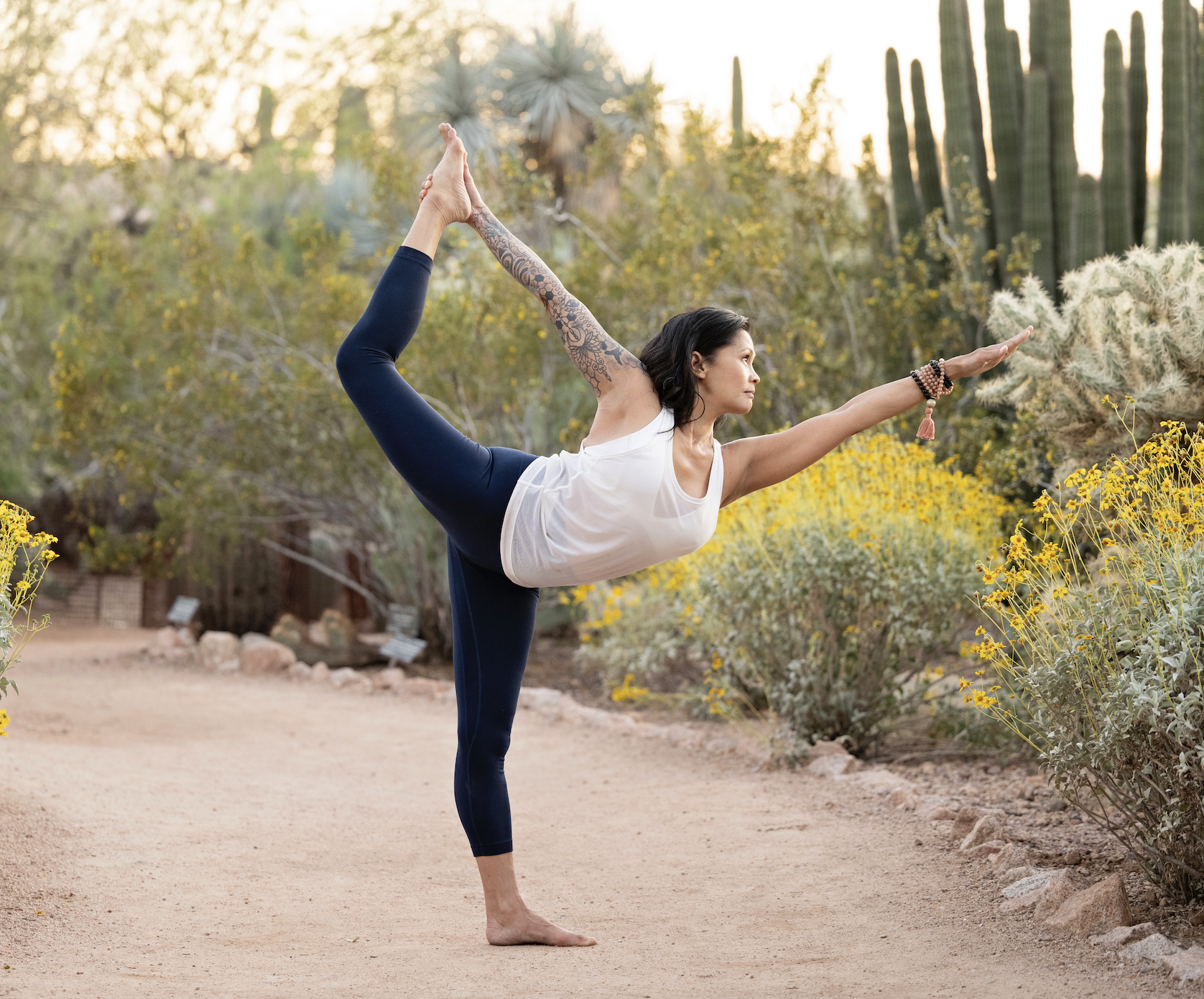How to Build a Weekly Yoga Practice That Sticks: A Step-by-Step Guide to Consistency and Balance
Building a weekly yoga practice isn’t about becoming a human pretzel. It’s about creating a rhythm that actually fits your life. You’ve got work, social plans, maybe a hangover or two , so let’s be real. The goal isn’t perfection, it’s progress.
Think of yoga as your weekly cheat code for focus, strength, and a calmer headspace. You don’t need fancy gear or monk-level discipline. Just a smart plan and a few non-negotiables. Ready to set up a flow that actually sticks? Cool. Let’s build it step by step.
Key Takeaways
Build consistency, not perfection , 3–4 sessions a week is plenty.
Choose yoga styles that fit your mood and energy.
Create a personal practice space that feels inviting.
Track how you feel, not how you look.
Keep it fresh with new classes, teachers, and music.
How do I build a weekly yoga practice?
Start with 3 sessions weekly, pick styles you enjoy, set up a dedicated space, and stay consistent , progress follows routine, not intensity.
Why a Weekly Yoga Practice Matters
Here’s the truth: yoga only starts working its magic when you show up regularly. One random class won’t fix your tight shoulders or calm your brain. But a weekly rhythm? That’s where things shift.
A steady practice keeps your body loose, your head clear, and your stress levels down. Think of it like brushing your teeth, but for your nervous system. Skip too many sessions and the tension creeps right back in.
Consistency also trains your brain to focus. You’ll start noticing how your mood, sleep, and energy all sync up. It’s not about doing more, it’s about showing up often enough to feel the difference.
Define Your Intention and Goals
Before you roll out your mat, get clear on why you’re doing this. Are you chasing calm, strength, better posture, or just a break from your phone? Knowing your “why” keeps you locked in when motivation fades.
Skip the vague stuff like “I wanna get flexible.” Go specific. Maybe it’s touching your toes by summer or feeling less wired after work. Those micro goals add up fast.
Then, set a vibe for your practice. Is it slow and mindful, or fiery and focused? That intention shapes how you move and how you show up. Treat it like setting your GPS before the trip , you’ll still take detours, but at least you know where you’re headed.
Choose the Right Style of Yoga for You
Not all yoga hits the same. Some styles feel like therapy, others feel like cardio in disguise. The trick is finding what fits your mood and goals.
If you’re new or want to slow down, Hatha or Yin yoga is your chill zone. Think deep stretches, slow breathing, and stress melting off your shoulders. Crave movement and sweat? Vinyasa or Power Yoga will keep your heart rate and playlist up.
On recovery days, Restorative yoga is your reset button , pillows, blankets, and zero effort. If you’re dealing with tension or burnout, it’s a cheat code for calm.
Experiment for a week or two. You’ll know what clicks when a class ends and you feel lighter, not drained. Your perfect style isn’t about trends, it’s about what keeps you coming back to the mat.
Plan Your Weekly Yoga Schedule
Here’s where good intentions turn into an actual routine. A weekly yoga schedule isn’t about perfection, it’s about rhythm. Think balance, not burnout.
Start with 3 days a week. That’s enough to feel progress without wrecking your schedule. Try one strength-focused flow, one chill recovery session, and one all-around practice that hits both. As your body adapts, add a fourth or fifth day if it feels right.
For beginners, Monday–Wednesday–Friday works great. You’ll recover between sessions and still keep your groove. If mornings are your calm zone, roll out your mat before the noise hits. Night owl? Stretch it out before bed to shut down the day.
Pro tip: block yoga time in your calendar like it’s a meeting. You wouldn’t ghost your boss, so don’t ghost your mat. Miss a day? No big deal. Just show up next time. Consistency beats intensity every single time.
And if you’re feeling lost, mix it up. A guided class midweek, a YouTube flow on Sunday, maybe a stretch break between Zoom calls. The key is to make yoga fit your lifestyle , not the other way around.
Create a Dedicated Space and Routine
You don’t need a zen temple, just a corner that feels like yours. Clear a small spot, roll out your mat, maybe add a candle or speaker , that’s your home base. The vibe matters more than the square footage.
Keep your gear visible. If your mat’s buried in a closet, odds are you’ll skip the session. Set it up the night before so there’s zero friction in the morning.
Build a mini ritual to lock in the habit. Maybe it’s your go-to playlist, lighting incense, or sipping water before you start. Small cues tell your brain, “It’s yoga time.”
And don’t stress about perfection. Some days it’ll be quiet and focused, other days your dog will join mid-pose. What matters is showing up in your space , it becomes your reset button, no matter what chaos lives outside it.
Find Guidance , Classes, Apps, and Teachers
Trying to build a yoga routine solo can feel like shouting into the void. A little guidance keeps things fresh and keeps you honest.
If you like structure, hit up local studios or gyms. In-person classes give real-time feedback, plus that “we’re all in this together” vibe. For the solo crowd, apps like Down Dog, Alo Moves, or Yoga with Adriene on YouTube are clutch , no commute, no pressure.
Rotate between guided sessions and self-practice. The mix keeps things interesting and helps you actually learn the poses instead of winging them.
And if you vibe with a specific teacher’s energy, stick around. A good teacher doesn’t just correct form, they inspire consistency. Whether it’s through a screen or on a mat next to you, find someone who makes you want to keep showing up.
Listen to Your Body and Track Progress
Here’s the deal: yoga isn’t about pushing harder, it’s about tuning in. Some days you’ll crush it, other days your hamstrings will feel like concrete. Both are fine. Your body’s feedback is data, not drama.
Pay attention to how you feel before and after each session , energy, focus, mood. That’s your real progress report. You’ll start noticing subtle wins: better balance, deeper breathing, calmer mornings.
Skip the mirror tests and focus on how your body moves. Maybe you hold a pose longer, maybe you don’t swear through it this time. That’s growth.
If you like tracking stuff, jot notes in your phone or a journal. Keep it simple: what you practiced, how it felt, what improved. Over time, those small check-ins remind you why you started. The goal isn’t perfection , it’s awareness.
Keep Motivation Alive
Let’s be real , motivation comes and goes faster than your Wi-Fi. That’s why your yoga habit needs more than hype; it needs meaning.
Start by keeping it fun. Switch up your playlist, try a new class, or bring a friend who won’t bail last minute. Fresh energy keeps boredom from creeping in.
Celebrate small wins too. Nailed your balance pose? Held a plank longer than last week? That’s the stuff that builds momentum. You don’t need to hit enlightenment , just keep stacking tiny victories.
And when you hit those “ugh, not today” moods, don’t force it. Roll out your mat anyway, even if all you do is stretch for five minutes. Half the battle is showing up. Some days yoga feels like work, other days it’s therapy. Either way, it’s time well spent.
Sample 7-Day Yoga Practice Plan
Here’s the thing , your yoga journey isn’t supposed to look like an Instagram reel. Some days you’ll flow, other days you’ll flop, and that’s the beauty of it. Progress in yoga doesn’t come from nailing every pose, it comes from showing up even when you don’t feel like it.
Forget chasing “perfect form.” Focus on how you feel , grounded, present, a little more at ease. That’s the real flex. The more you release the pressure to be flawless, the more freedom you’ll find on the mat. Keep it real, keep it consistent, and let it unfold.
Final Thoughts: Embrace the Journey, Not Perfection
Your yoga practice doesn’t need to look flawless. Some days you’ll float, other days you’ll wobble. That’s growth.
Yoga isn’t about perfect poses, it’s about showing up with intention. Focus on how it feels, not how it looks. Keep it real, consistent, and patient , that’s where balance lives.
Looking to deepen your practice? Check out classes at True Hot Yoga , your next step toward a stronger, calmer, and more consistent flow.

